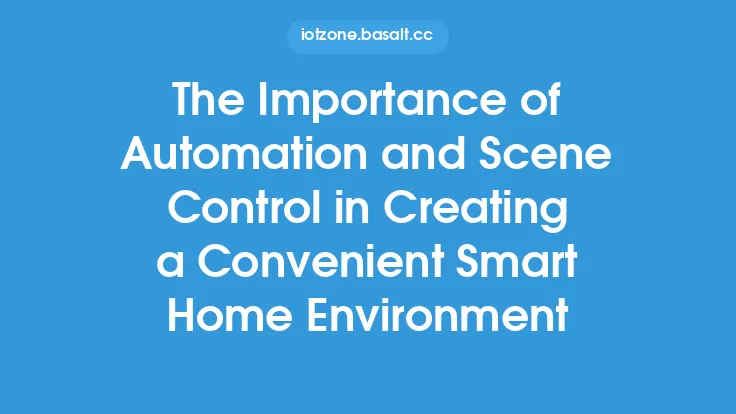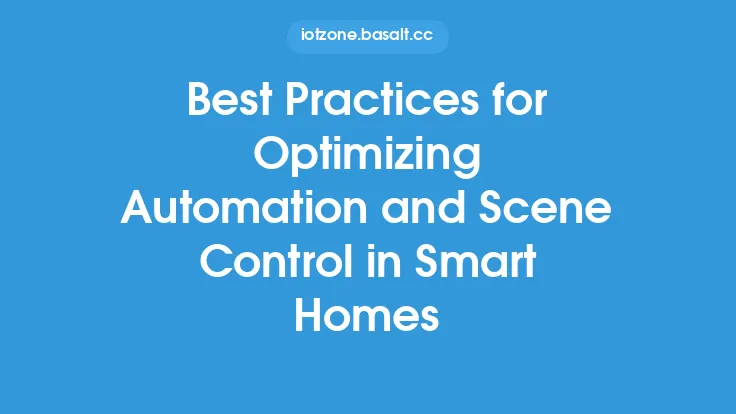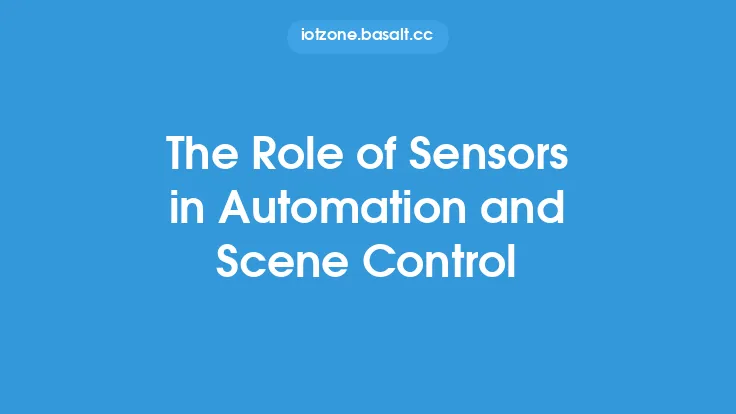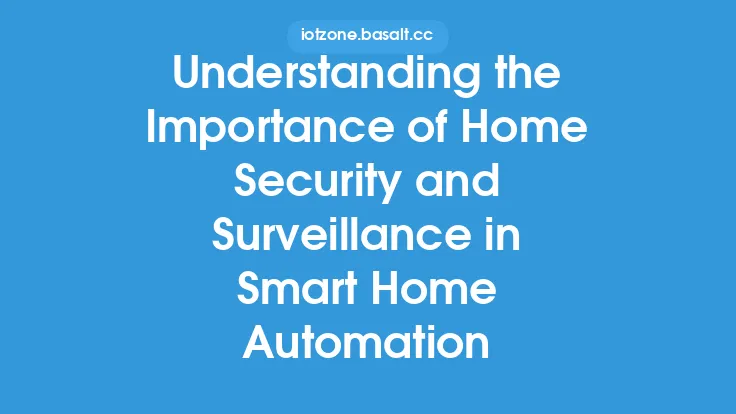The concept of smart homes has revolutionized the way we live and interact with our living spaces. At the heart of this revolution is the idea of automation and scene control, which enables homeowners to control and automate various aspects of their homes with ease. In this article, we will delve into the basics of automation and scene control, exploring the fundamental principles, technologies, and components that make it possible.
Introduction to Automation
Automation refers to the use of technology to control and automate various systems and devices in a smart home. This can include lighting, temperature, security, entertainment, and other systems. The primary goal of automation is to make life easier and more convenient for homeowners, while also providing energy efficiency, enhanced security, and improved comfort. Automation can be achieved through a variety of means, including scheduling, voice commands, and sensor-based triggers.
Understanding Scene Control
Scene control is a key aspect of automation, which involves creating customized scenarios or "scenes" that can be activated with a single command. A scene can be thought of as a predefined setting that adjusts multiple devices and systems to create a specific ambiance or atmosphere. For example, a "goodnight" scene might turn off all the lights, lock the doors, and adjust the thermostat to a comfortable temperature. Scene control allows homeowners to create complex automation scenarios without having to individually control each device.
Components of Automation and Scene Control
Several components work together to enable automation and scene control in smart homes. These include:
- Hub or Controller: The central brain of the automation system, which connects and controls all the devices.
- Sensors: Devices that detect changes in the environment, such as motion, temperature, or light, and trigger automation scenarios.
- Actuators: Devices that perform specific actions, such as turning on lights or adjusting the thermostat.
- Devices: Smart devices, such as lights, thermostats, and security cameras, that can be controlled and automated.
- Software: The programming and interface that allows homeowners to create and control automation scenarios.
Communication Protocols
Automation and scene control rely on communication protocols to enable devices to talk to each other and the hub or controller. Common protocols include:
- Zigbee: A low-power, low-data-rate protocol used for home automation devices.
- Z-Wave: A wireless protocol used for home automation devices, known for its reliability and security.
- Wi-Fi: A high-speed protocol used for internet-connected devices, often used for smart home devices.
- Bluetooth: A low-power protocol used for device-to-device communication.
Automation Logic
Automation logic refers to the rules and conditions that govern automation scenarios. This can include:
- Triggers: Events that trigger automation scenarios, such as time of day, motion detection, or voice commands.
- Conditions: Rules that must be met for an automation scenario to occur, such as "if it's dark outside, then turn on the lights".
- Actions: The specific actions that are performed when an automation scenario is triggered, such as "turn on the living room lights".
Benefits of Automation and Scene Control
The benefits of automation and scene control are numerous, including:
- Convenience: Automation and scene control make it easy to control and adjust various aspects of the home with minimal effort.
- Energy Efficiency: Automation can help reduce energy consumption by turning off devices and adjusting settings when not in use.
- Enhanced Security: Automation can improve home security by automatically locking doors, turning on lights, and alerting homeowners to potential threats.
- Improved Comfort: Automation and scene control can create a more comfortable living environment by adjusting temperature, lighting, and other settings to meet the homeowner's preferences.
Challenges and Limitations
While automation and scene control offer many benefits, there are also challenges and limitations to consider. These include:
- Complexity: Automation and scene control can be complex and require significant setup and configuration.
- Interoperability: Devices from different manufacturers may not be compatible, making it difficult to create a seamless automation experience.
- Security: Automation and scene control systems can be vulnerable to hacking and other security threats if not properly secured.
Conclusion
Automation and scene control are fundamental components of smart home technology, enabling homeowners to control and automate various aspects of their living spaces. By understanding the basics of automation and scene control, including the components, communication protocols, and automation logic, homeowners can create a more convenient, energy-efficient, and comfortable living environment. As smart home technology continues to evolve, we can expect to see even more advanced and sophisticated automation and scene control capabilities, making it easier than ever to create a truly smart home.





